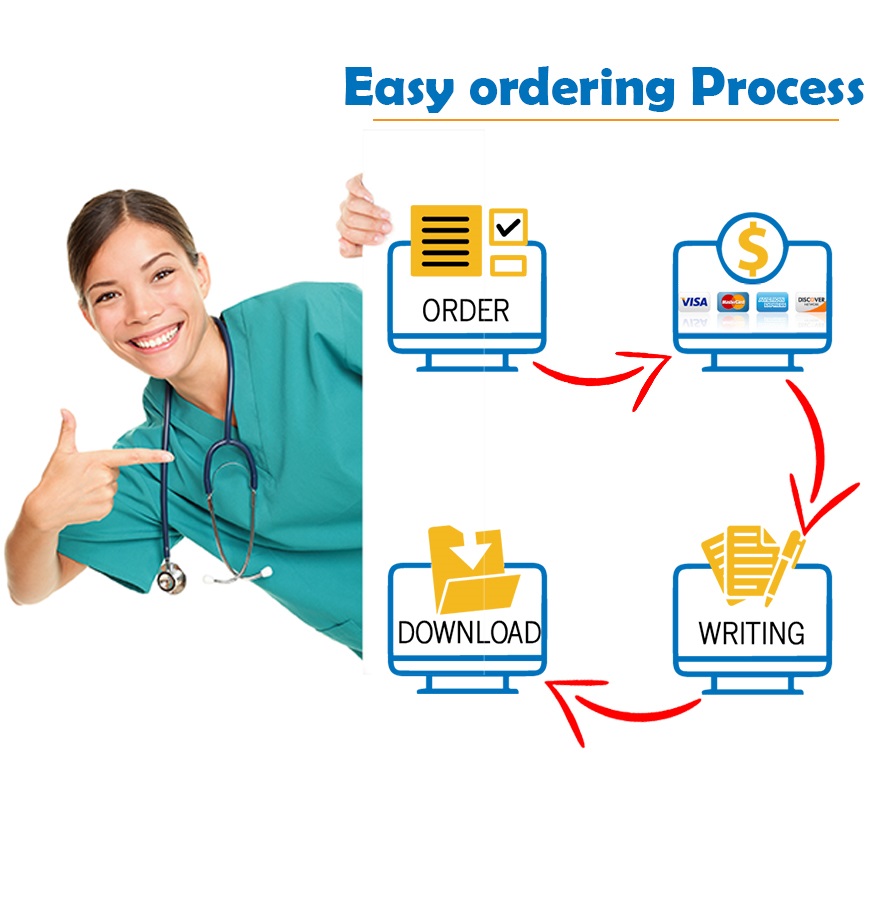respond to class mate
add comment or opinion to these post;
|
Points of Distribution (POD) can be extremely beneficial in disaster situations. They can also create concerns during an operation in regards to transporting supplies, safety, security and finding an optimum site for establishing a POD. Pick one area, either beneficial or detrimental; briefly explain how that would affect a disaster operation, and how you would improve upon the process. |
1- The Point Of Distribution is a system utilizes an accessible, centralized location where the general public is able to obtain specifically determined emergency supplies such as food, water, and/or prophylactic medications following a disaster. To be effective in times of disaster, community-level PODs must be predetermined related to location, supplies, implementation, and access. POD plans are developed by local health departments in coordination with the United States (U.S.) Department of Homeland Security Federal Emergency Management Agency (FEMA). Together these agencies develop the POD plan, including the location, staffing needs to deploy the system, and specific commodities to be distributed (Harkness & DeMarco, 2016). Agencies develop training programs to assist public health personnel to maintain competency related to the POD system, and specifically in the activation in the event of a disaster (Harkness & DeMarco, 2016).
Transportation is the element in the logistics chain that makes it possible for assistance to arrive at the site where it is required (the arrival of goods from abroad, as the movement of them within the country). When defining the transportation strategy, it is important to take into consideration not only the necessary means and resources to move the supplies, but also to determine what the actual possibilities and alternatives are to deliver assistance. Alternative means, methods, and routes should be considered as a matter of course. Supplies should not just be moved in any way and at any time, but that the challenge is to do so safely and in a timely manner. This requires may be the use of all the available means. When deciding which means of transport to use, we have to think about two tasks: the needs on the ground (urgency, type of supplies, distance of the destination, other conditions, as routes, weather, etc.) and feasible forms of transport (available means, cost, transmission capacities, etc.).
When a consignment is on the road, it must be protected against damage, the weather, theft, and other eventualities, while when hazardous materials are transported, basic, standardized security measures must taken into consideration. As concerned as the route, the selection must be taken depending on the kind of transport available, the urgency of the delivery, and the delivery schedule. Some basic principles are the following:
The safest route must be chosen even if it is not the fastest or shortest one.
It is important to identify key services along the way, such as places where one may obtain fuel, food, mechanical repairs or medical care. It is also important to identify potentially insecure segments of the route. Any change or deviation from the agreed-upon route, as well as any other special situation that may arise during the trip, must be communicated immediately to the nearest base, whether it is the point of departure, the delivery point, or a base in between. Similar principles have defined for the air operation, including landing site, kind of aircraft, etc.
References:
Haghani, A. E., & Afshar, A. M. (2009). Supply chain management in disaster response. University Park, Penn.: Mid-Atlantic Universities Transportation Center.
Rafferty-Semon, P., Jarzembak, J., Shanholtzer, J., (January 31, 2017) “Simulating Complex Community Disaster Preparedness: Collaboration for Point of Distribution” OJIN: The Online Journal of Issues in Nursing Vol. 22, No. 1, Manuscript 3.
Harkness, G. A., & DeMarco, R. F. (2016). Community and public health nursing: Evidence for practice (2nd ed.). New York, NY: Lippincott Williams & Wilkins.
2- Points of distribution serve the role of housing temporary supplies as well as providing medications and inoculations during disasters. P.O.Ds are usually centralized locations where members of the public can pick up emergency supplies. The supplies include medications, water, and food (Christopher & Tatham, 2014). The distribution points can be beneficial in offering security, safety, and areas of storage for crucial supplies, in addition to offering a centralized pickup point where disaster victims pick up the much needed supplies.
Security is one of the detrimental aspects of P.O.D.’s, especially in areas where violence and incitements are common. During disasters, resources are often in short supplies, and therefore, victims of disasters may be attempted to break into the locations. Therefore, adequate security is required for staff and clients, and to ensure operation sustainability. The main challenge, therefore, is ensuring that a comprehensive set of security initiatives are implemented (CDC, 2016). The implementations should also recognize the doctrines, procedures, and policies of local law enforcement.
The first step in ensuring site security is making prior site security assessments to ensure that the POD is located in area that is safe and supportive to security functions. Response agencies should also work in conjunction with security agencies and uniformed law enforcement officers should have a physical presence in the location (CDC, 2016). Security surveillance systems in the form of cameras can also be considered in regions where heightened security is required.
References
Centers for Disease Control and Prevention. (2016). Point of dispensing (POD) standards. April 2008.
Christopher, M., & Tatham, P. (Eds.). (2014). Humanitarian logistics: Meeting the challenge of preparing for and responding to disasters. Kogan Page Publishers.
"Looking for a Similar Assignment? Order now and Get 10% Discount! Use Code "GET10" in your order"



